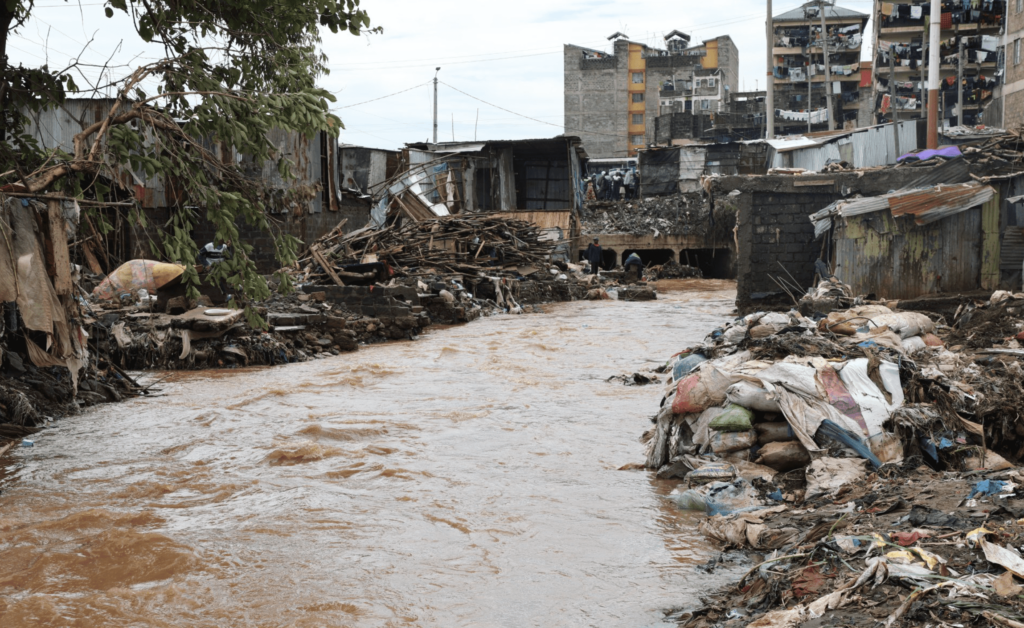
Nearly 500,000 children are yet to return to school in Kenya after flooding crisis
Nearly half a million learners in Kenya are yet to resume classes three weeks after schools reopened following deadly floods that hit vast parts of the country between April and May, a new report by Save the Children revealed.
Published on May 31, the report showed that 497,783 learners are yet to report back to schools following the trail of destruction left behind by the deluge. Assessments done jointly by the East African country’s Ministry of Education (MoE), Save the Children and the United Nations Children’s Fund, UNICEF, revealed that over 3,781 classrooms and 18,615 toilets are flooded making them unusable for learners. Some roads to schools in areas like the eastern Garissa County are cut off, worsening the situation. The floods also washed away property and businesses, leaving parents unable to pay school fees.
“The cost of inaction of climate-induced shocks is far too great,” according to Mohamed Abdiladif, Interim Country Director, Save the Children Kenya & Madagascar.

For learners who have been able to return to school, they have found damaged books, classrooms, and toilets, and their mental health remains a major concern.
“Ever since our house was affected by the floods, we are having trouble sleeping well. Children are scared and they start crying whenever it starts raining. The teachers tell me that even in school, they get scared when it starts raining and they won’t calm down until the rains stop,” said Jackson, a parent in one of Nairobi’s informal settlement told Save the Children.
There has been a spike in cholera with around 27,000 cases recorded across Kenya, Somalia, and Ethiopia this year. In Somalia, almost 60 percent of cases are among children under 5. In Kenya, 49 percent of the reported cholera cases are among children aged one to 10. This is after sewer lines in parts of the country burst leading to faecal matter finding its way into classrooms, playgrounds, and homes.
“Further, we are urging urgent public health measures to reduce risks of waterborne diseases in schools whose sanitation facilities are damaged,” Abdiladif, Interim Country Director, Save the Children Kenya & Madagascar added.

Save the Children is now calling upon the Kenyan government to ensure continuation of education by coming up with immediate recovery interventions such as providing alternative learning spaces and repairing classrooms, dormitories and toilets.

“Children are bearing the brunt of more extreme weather events in an increasingly unequal world. We need to see much more ambition on child-responsive climate finance from high-income countries and historical emitters that that puts children’s distinct needs and vulnerabilities front and centre – recognising that when disaster like these floods strikes, it affects a child’s whole world. They must also commit to climate adaptation measures and help build the resilience of communities to climate-related shocks — in both the near and longer term,” according to Inger Ashing, CEO of Save the Children International.






